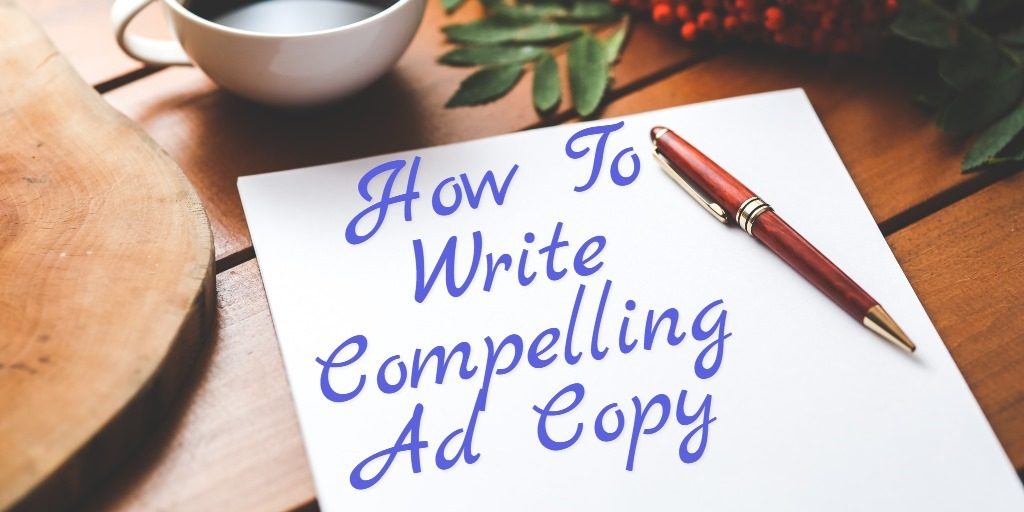
The power behind search-based marketing has always been intent. Search engines like Google gave us the ability to put our ads in front of people at the exact moment they were searching a specific keyword. Because people were searching, we could safely assume they were ready to buy and it has worked beautifully for years.
However, over time a couple of problems started to crop up. First, with the success of pay-per-click (PPC) advertising we began to see lots and lots of competitors. Anyone could bid on a keyword and the auction-based nature of the platforms meant that average cost-per-click (CPC) continued to rise. Secondly, as Google became its own verb, people began searching for lots and lots of things. They wanted to find out the answer to trivia questions, learn details about upcoming events, get pictures of celebrities, etc. This watered down the intent. Someone searching for “King James” might want to learn about Lebron James or buy a Bible.
Get Past Keywords Keywords
Most new PPC advertisers focus heavily on keyword research and selection. They believe that if you pick the right keywords you’ll get clicks that you can turn in to sales. While I agree that you must choose the correct keywords, the attitude above forgets that each search has a unique intent. It further ignores the fact that search engine results pages offer numerous options to click.
With increased cost and competition, the key to success is less on what keywords you choose and more about what message you’re presenting, aka your ad copy. Ad copy influences who you get to click, how well qualified they are and how well prepared they are to respond to your product/service. So how do you write more compelling ad copy?
Use Emotion
While economics assumes that all people behave rationally, marketers realize that people are complex mixtures of emotion and logic. Virtually every company I have worked with could explain logically why someone should use their product/service. These appeals usually center around cost, time savings and ease of use and can be quite effective. However, consider these alternatives:
- Lowest prices on product X
- Don’t overpay for product X, buy from us
Our first option is matter-of-fact and gets the message across, but the second option evokes fear. People don’t want to overpay (very negative emotional association) and you offer them relief from that fear. That’s how you get the click.
Here is a handy cheat sheet of emotion-loaded words that you can incorporate into your ad copy:

Get Personal
I recently attended a presentation about the use of pronouns in ad copy. Mark Irvine, of Wordstream, shared the 3 most effective pronouns to use in ad copy:
#3 – “We” sells a solution
#2 – “You” speaks directly to your audience
#1 – “Him/Her” connects with a relationship
Notice that all of these pronouns shift the focus away from you as the product/service provider. People stop thinking about cost or features and start thinking about how it benefits them or how it will benefit their significant other. See the results from Mark’s analysis. Spoiler alert: They dramatically increased CTR.
Always Be Testing
Over the years I’ve had a lot of really good ad copy ideas fail. I’m not too proud to admit it. Sometimes that bone-dry descriptive ad copy is exactly what your customers want. But many times I’ve seen significant improvement in performance by testing a “crazy” idea. What will work best for your customers?
I don’t know. Your marketing people might not know either. But the only way you’re going to find out if your current ad copy can be better is if you get out there and test it. Put 2-3 ads in all your AdWords ad groups and change the campaign setting to “Optimize indefinitely” (that forces Google to give all copies a fair chance, though it won’t guarantee equality of impressions). Let your customers tell you what they prefer and what they don’t prefer with their clicks and conversions.
